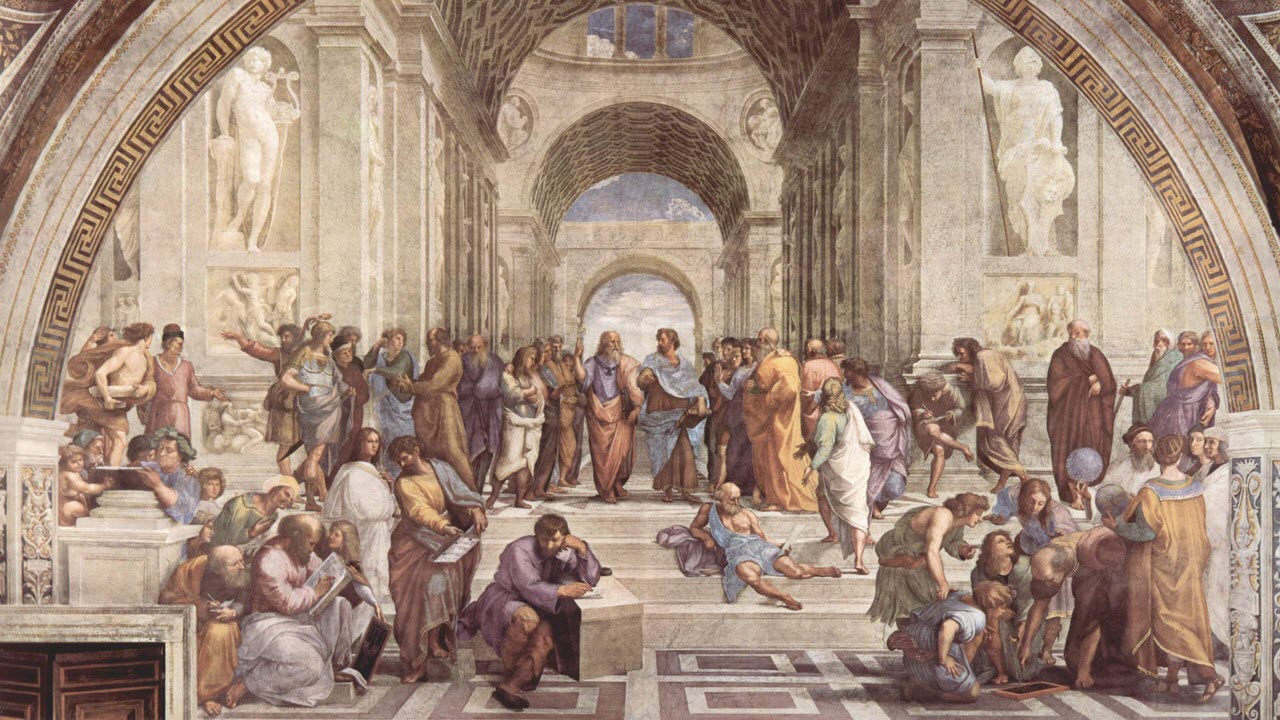
Started by Katherine Condit on 2015-11-05 at 16:39
I have a question regarding the distinction between the 'type of intent' and the 'characteristic type of intent'. I've identified the type of intent for my main character but how is the 'characteristic type of intent' different or more specific?
Roger replied...
Hi Katherine,
The easiest way to think of the difference is probably to say that one (the "type of intent") defines the motor that drives the story and the other (the "characteristic type of intent") identifies the nature of the main character even if you took her out of the context of this specific story—and so is a general description of her, similar to the color of her eyes or her height.
Sometimes, the two are aligned; other times they’re not.
In A Christmas Carol, for example, Scrooge is by nature a keep character, not just in that particular story but in “life.” If a street urchin in the world of the story were asked to describe him, even before the inciting incident that starts the story (the appearance of Marley’s ghost), that urchin would be correct to describing keeping as something that characterizes Scrooge—who is a miser both with his money and his emotions. Keeping is in Scrooge’s wheel house. It’s what he does well and feels comfortable doing and gravitates to when called upon to face some challenge.
It just so happens that in A Christmas Carol, Scrooge’s miserly world is attacked by the Christmas Ghosts, and his defense of that world (which is what he attempts throughout the story) manifests a keep intent—so in this case his characteristic type of intent and the type of intent that drives the story are aligned.
But they don’t have to line up.
For example, you might create a story in which the main character is a suburban mother whose daily life involves keeping her family fed and functioning and protected from the forces of society that could otherwise tear it apart if they were left unchallenged. And maybe she’s really good at defending her family fortress, and keeping is what she does well.
But what if the inciting incident in the story requires her to gain something—like a new place for her family to live or a new career or “new normal”? Then she might be challenged to learn or draw upon skill sets that are foreign to her and to otherwise operate outside her wheel house. And in the process, if she succeeds, she might end up growing as a person and enhancing her keeping skills. It’s akin to a situation in which she were short in stature but called on to do something that would be much easier if she were tall. She’ll have to figure out (maybe not consciously) how to succeed given the fact that the challenges of the story don’t necessarily invite solving by someone with her personal characteristics.
The main idea is that people in real life and characters in stories can be described, in part, by a general approach they take toward life, situations, and other people. Some are good at healing (regain intent), some focus on acquiring knowledge or money or friends or power (gain intents), and some, for example, focus on being peace keepers (keep intents). Those are the “characteristic types of intent” that define the people or characters, just like their heights or ages.
By contrast, the type of intent that drives the story is specific to the story itself. A peace keeper might be called on to gain something or an acquirer might be called on to regain or keep something. But that intent is specific to the story at hand, not to the character.
I hope that helps.
Janie Baskin replied...
I hadn't given Katherine's question much thought before she asked. Roger, your explanation is helpful because you answer the question clearly, but because it speaks to the importance of a stories "layers". Like a sandwich, the whole looks and tastes appetizing, however it isn't until you remove the bread, deconstruct the sandwich and examine the ingredients that you learn what makes the sandwich so delicious. Too much of one ingredient would change the taste of the whole, omitting condiments, or not adding enough of the "secret sauce" would render an entirely different and maybe not so tasty meal.
It's the layers of complexity or problems to solve that bring a reader into the story and keeps her there. My challenge is to keep the simplicity and the layers.
Thanks for the reminder.


0 Comments